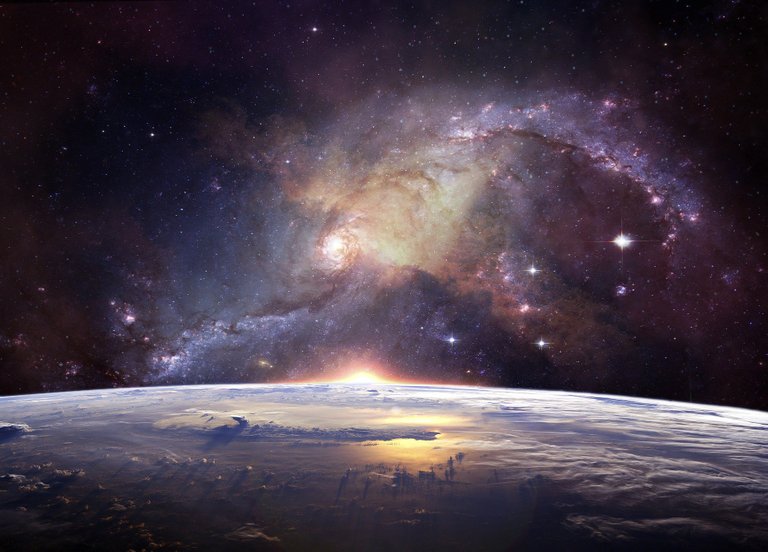Galaxy That Misses Dark Matter Explained
The discovery of the galaxy NGC 1052-DF2 was a large surprise for astronomers as it seemed it lacks dark matter – a key ingredient in the creation of galaxies. Now, Hubble comes to explain the mystery.

Image by Lumina Obscura from Pixabay
- Be also sure to check out my other posts and follow me @kralizec and subscribe to my Youtube channel at Kralizec Gaming Youtube Channel
The galaxy NGC 1052-DF2 was observed at a distance of roughly 62 million light-years away from us and based on the movement of the surrounding star-clusters we estimate its mass to roughly 2x 10 to the power of 8 Suns. That nicely corresponded to the amount of light coming from it. But that’s the strange thing. The fact that its mass and amount of light produced are in balance means almost all the matter in the galaxy is made from normal matter in the form of stellar systems and only a minuscule amount is made from dark matter.
And it's precisely dark matter that should play a key role in the creation of galaxies as its gravity should allow the normal matter to gather up and create galaxies.
But what was the strangest, a year later we discovered another object called NGC 1052-DF4 that suffered from the same dark issue.
NGC 1052-DF4 is roughly 45 million light-years away and astronomers from the University of New South Wales decided to focus on it and the Deep optical imaging technology onboard the Hubble telescope and the telescope IAC80 that can be found on Tenerife.
The data they got allowed to them figure out the missing dark matter can be explained by tidal forces that are coming from the nearby large galaxy NGC 1035. To explain this simply, the gravity of NGC 1035 is tearing NGC 1052-DF4 into shreds and dark matter was affected first while the stellar systems will feel the effects of the tidal forces in a later stage. This makes the galaxy appear unbroken to us.
Discovering the effects of outer tidal forces on the dark matter of a galaxy is quite hard and the astronomers did it through a detailed study of its light and the placement of nearby star clusters. Star-clusters are often being used to study galaxies as they are easily observable and their movement and placement can tell us a lot about a galaxy. In this case, they told us that NGC 1035 is already affecting them and drawing them in showing its gravitational effects.
The detailed study of the light and radiation showed a gigantic tidal tail created by material which the large galaxy is already pulling in. But at the moment, this material only makes up 7 % of the mass of NGC 1052-DF4. But that’s not the end. Over time, NGC 1052-DF4 will be eaten by its larger neighbor and it seems that dark matter was the first to go.
Sources:
- If you like the content I’m producing about science maybe you will like the content I produce about gaming as well! Be sure to check out my other posts!